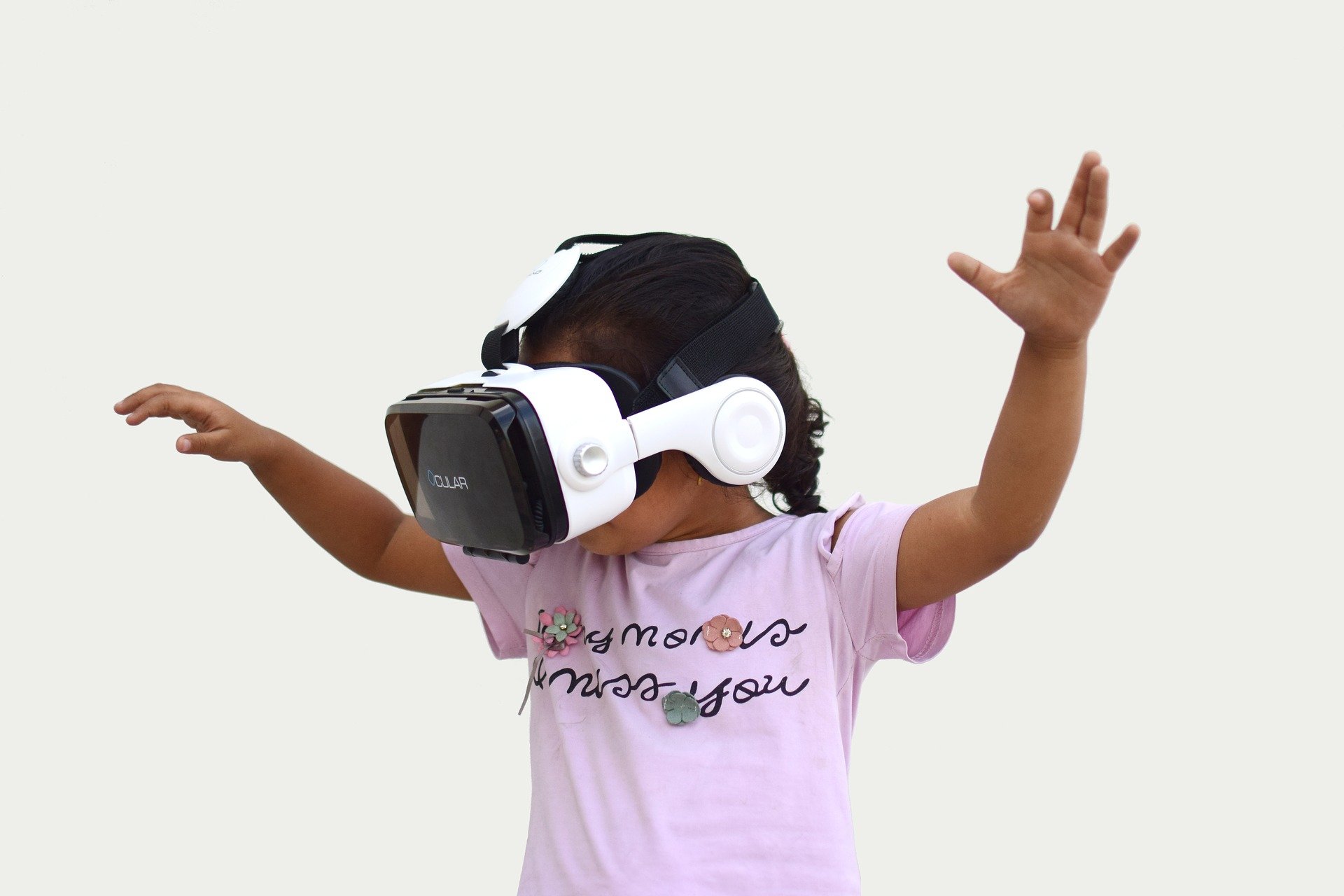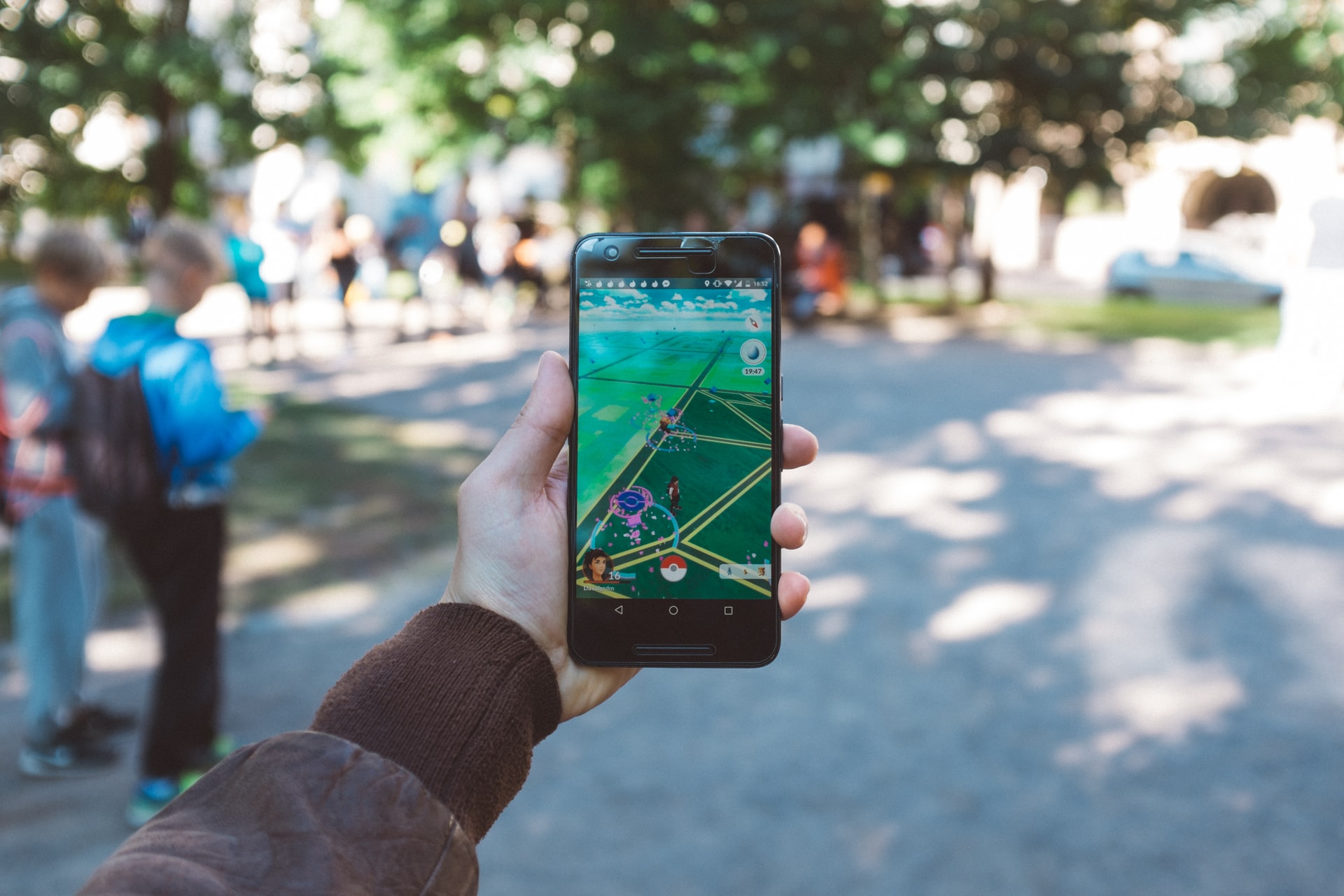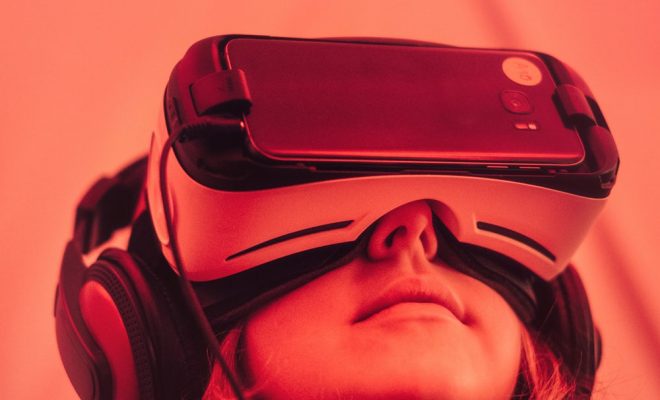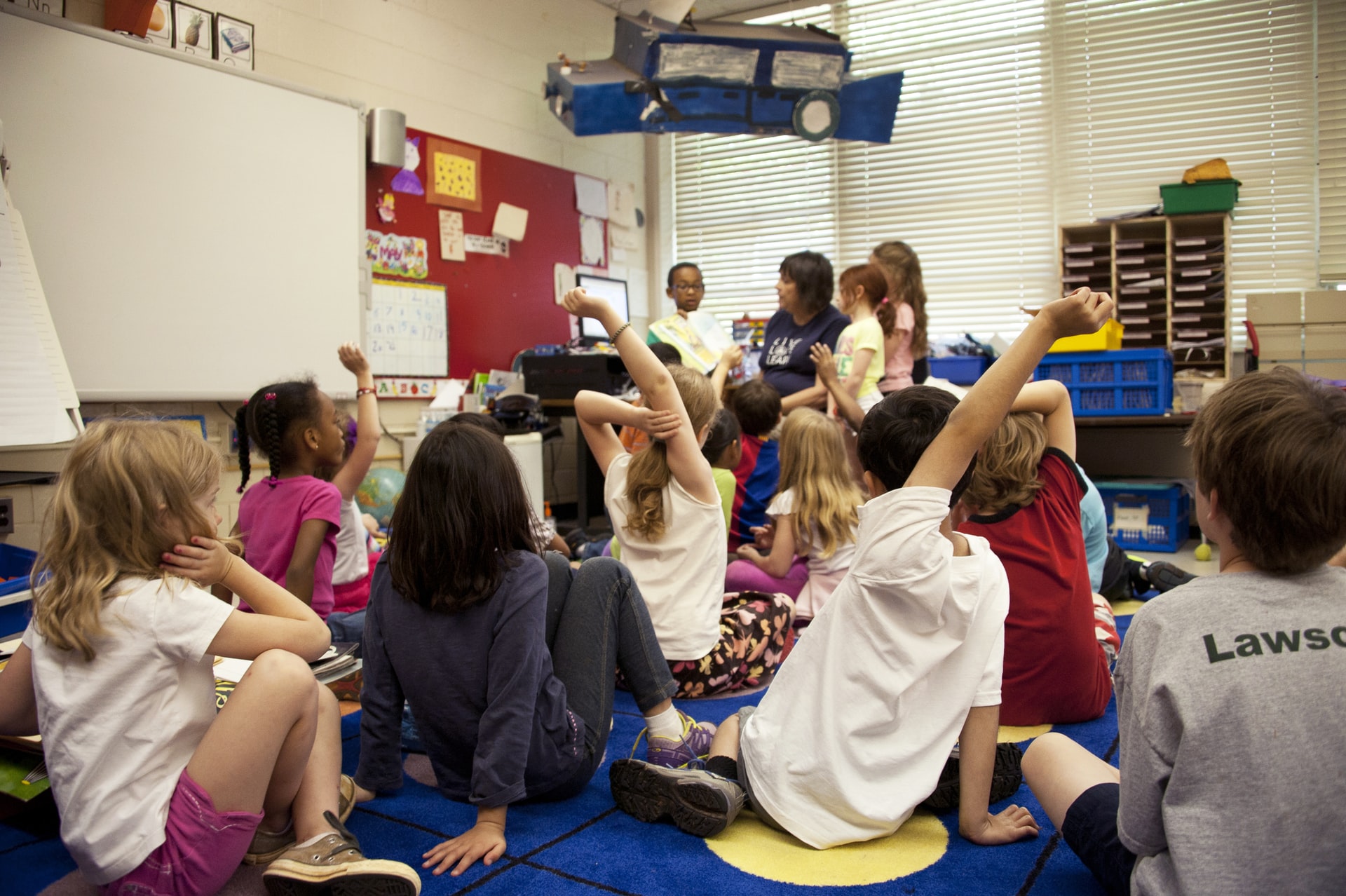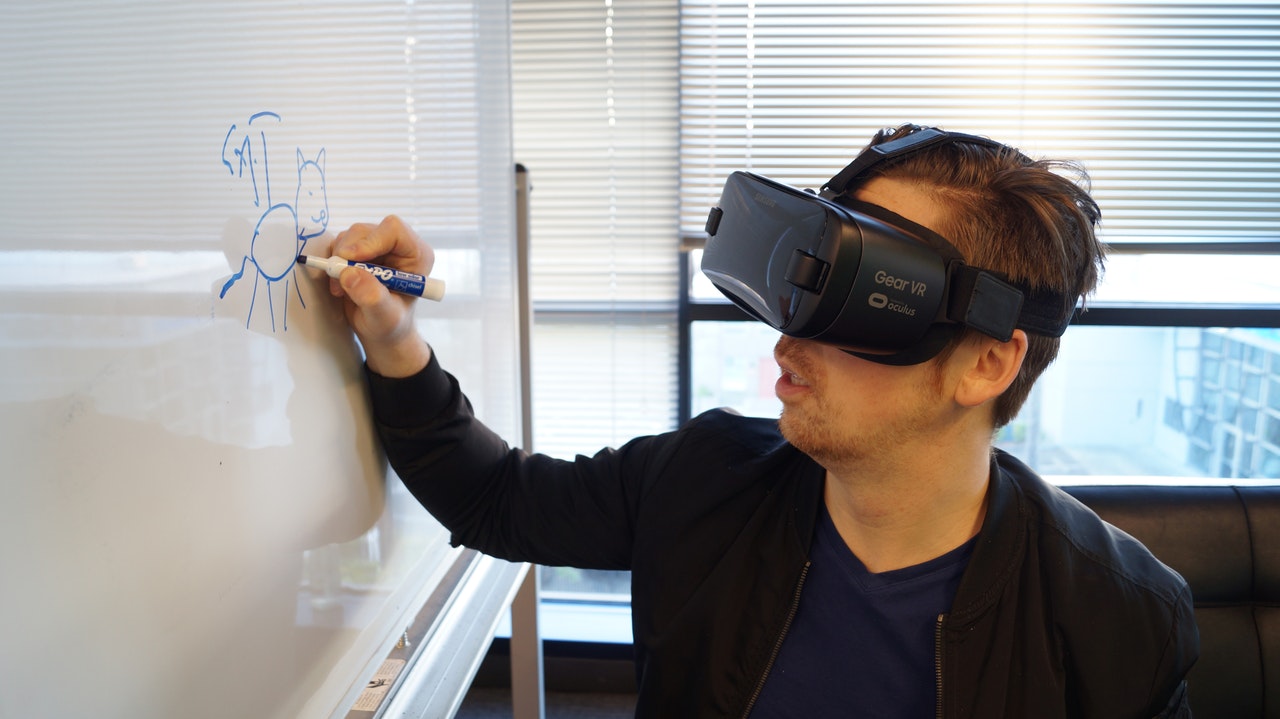AR, VR, And MR Driven Student Engagement
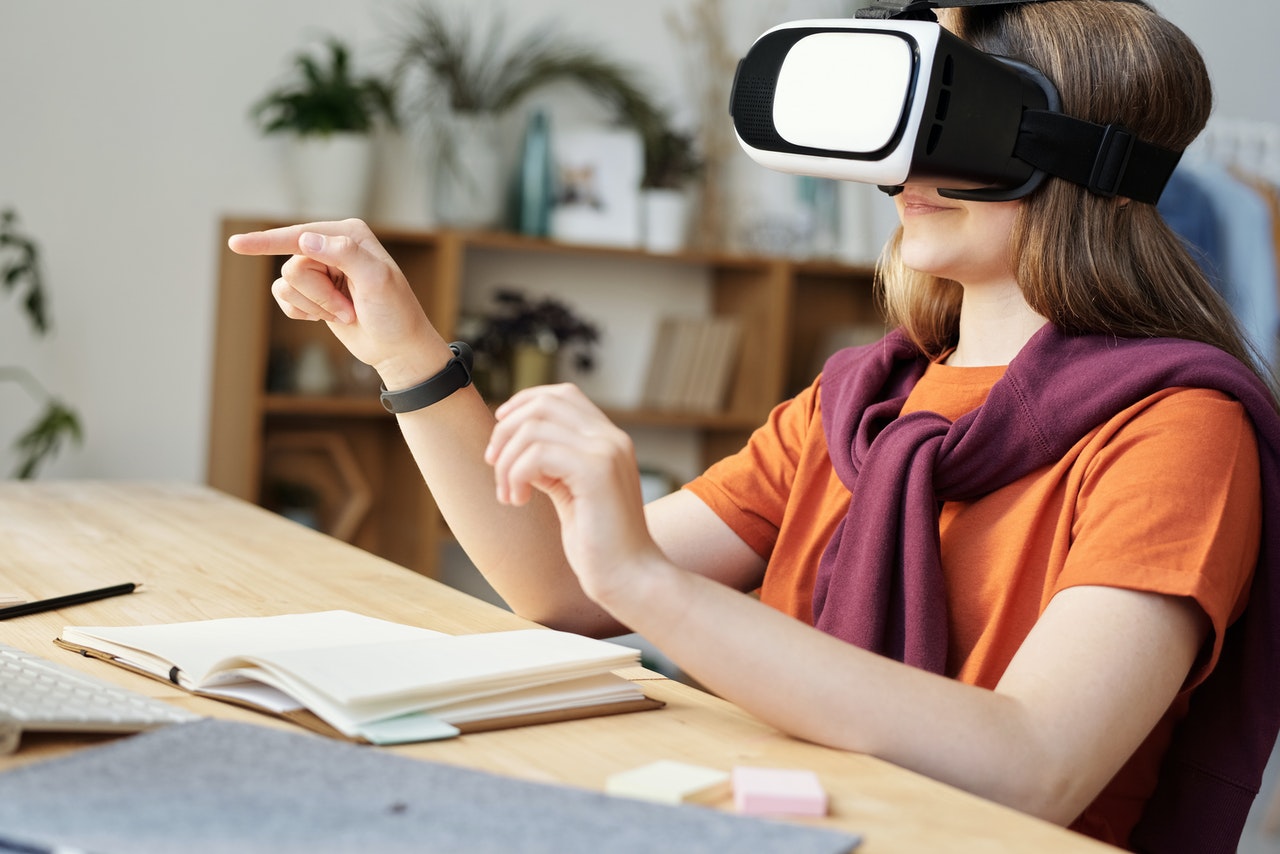
Every year, software engineers and developers are coming out with modern technology that can be used in the classroom to provide students with an enhanced learning experience. Teachers worldwide rely heavily on these new edtech tools, using them in various aspects of education.
Three new terms that are being thrown around in the world of education include AR (Augmented Reality), VR (Virtual Reality), and MR (Mixed Reality). Below, we will discuss the differences between these terms and how they have been incorporated into modern-day classes.
What Is AR, VR, And MR?
When discussing augmented reality, we will be referring to digital elements that have been added to a live view. For example, if you have ever played Pokemon Go, you know that by looking at your smartphone, you will see animated characters that aren’t there in real life. However, the video footage on your screen is what the real world looks like. This is referred to as augmented reality.
Virtual reality refers to a complete immersion in the digital world. To achieve this, the person will have to use a VR headset. In this way, they will only see what surrounds them in the digital world that they have selected and not in the real world.
As the name suggests, a mixed reality refers to combining both VR and AR elements. In other words, the user will experience and be able to interact with real-world and digital objects.
How Can AR, VR, And MR Be Used To Drive Student Engagement?
As we have already mentioned, technology is slowly becoming the most popular type of teaching material in the world. Educators use videos, digital images, PowerPoints, and even online games to provide students with the best learning experience possible.
Similarly, schools can use AR, VR, and MR to drive student engagement in the classroom. In other words, teachers can make use of the various technologies that support augmented reality, virtual reality, and mixed reality to increase student interaction during lessons.
For example, virtual reality allows students to experience once-in-a-lifetime opportunities, such as going on ‘virtual’ field trips to unique and educational places. In this case, the students are more likely to pay attention and participate in the lesson, as it is far more interesting than simply discussing the work.
AR, VR, and MR are so popular amongst students because they add a creative and modern element to learning. For this reason, they are often used to improve student engagement in the classroom.
Concluding Thoughts
Augmented reality, virtual reality, and mixed reality are often used in the classroom to provide students with a unique, creative, and modern approach to education. More so, these technologies are a great way in which teachers can improve student engagement during lessons. For example, VR can be used to take students on virtual field trips.

